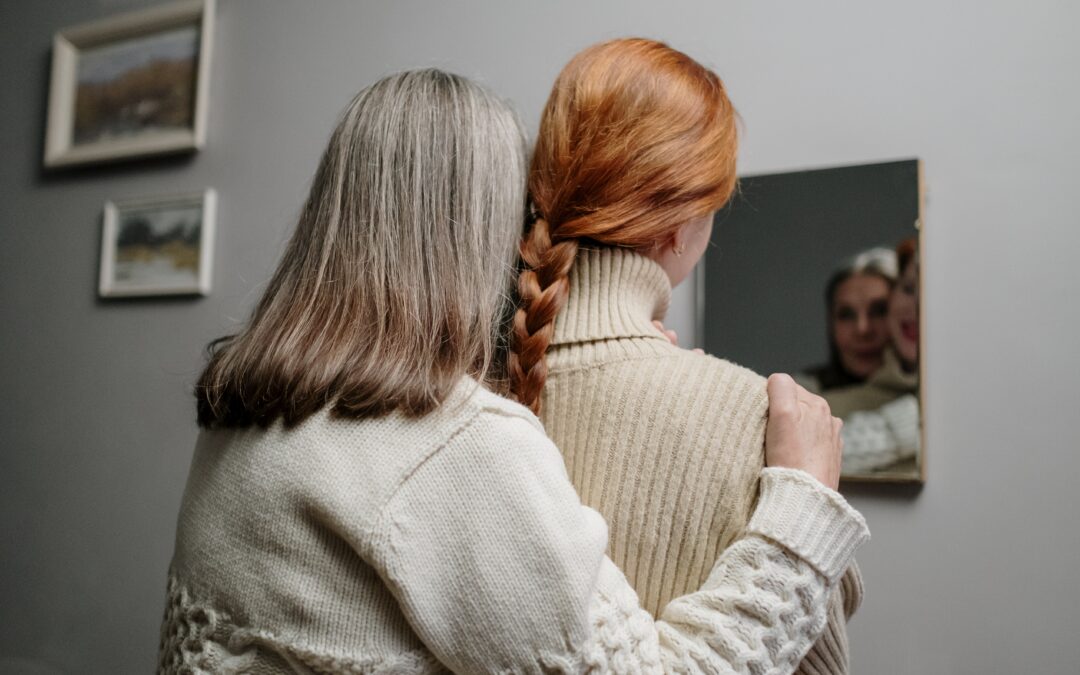Readers of How to Hope know that we love the work of the Institute for Family Studies not only for its timely and necessary research, but also for its reflections on why family and marriage matter. Recently, they republished Why Bother Having Kids? from former BuzzFeed News reporter Jim Dalrymple II’s newsletter on family. It’s a question more people are asking nowadays than ever before, and Dalrymple evaluates from the skeptic’s perspective common arguments made in favor of having kids. The most convincing one? Having kids is a part of the human experience. But for those who remain in doubt, Dalrymple advances yet another argument borrowed from the Iroquois, which resonates with our sense of justice and desire for transcendence.
The Seventh Generation Principle
Dalrymple writes that we should plan for the long term – seven generations, in fact – according to the Iroquois principle of Seventh Generation. Like the Iroquois (or Haudenosaunee) people, our every decision, and any action which flows from that decision, should consider “the needs of future people.” The Haudenosaunee Confederacy explains that nations are instructed to treat their culture, and their natural surroundings, as if they were on loan from future generations. The seventh generation principle “encompass[es] traditional values like sharing labour and maintaining a duty to their family, clan and nation and being thankful to nature and the Creator for their sustenance.” Thus the Haudenosaunee people preserve “cultural practices, languages, and ceremonies” for the sake of their descendants “who will inherit the world.” While no one can change society singlehandedly, we can all plant seeds which will bear fruit after we are gone. The kind of long-term thinking about family life Dalrymple advocates requires a transcendent view of human nature which though native to most if not all religions, appeals even to the secular-minded.
A Cross-Cultural Value
The notion that we should wisely steward our personal and material benefits for the sake of society belongs to many philosophical and religious traditions. One of the characters from Voltaire’s novella Candide observes, resignedly, that “we must cultivate our garden” away from a world ravaged by the brutality of war and religious strife. Voltaire’s idea is that we can’t do much to change the world beyond our locality, which sounds pessimistic, but resonates with the ultimately more hopeful outlook of the Seventh Generation principle. What we do on our own small plot deeply affects society, even if we never get to witness it change. The value of stewardship, and the role of human effort in improving the world for future generations, is something both the Haudenosaunee and Voltaire can agree on in spite of their radically different beliefs. Jewish and Christian traditions understand that the iniquity (or blessedness) of forefathers and mothers can ripple down through the generations – in other words, what we do (or don’t do) matters. Nearly every culture and religion acknowledge that caring for future generations is important work, whether that’s by preserving the social mores which support a healthy family life or undertaking practices which support the health of the natural surroundings which nourish us.
Sustaining Social Life
Given its emphasis on human ecology, the Seventh Generation principle has applications in the realm of environmental sustainability. Our youngest cohorts often cite environmental disaster as their main reason for going “childfree.” Indeed, a world in which our consumption far outstrips the earth’s resources and ravages its natural landscapes is not good for us or our progeny. Rendering the land unusable for future generations – whether for growing food or for living space – is one of the worst possible things we could do for our children. But most of us would agree that taking care of the environment for our children and grandchildren is not the sole end of our responsibility. We are also meant to sustain society itself, particularly its social bonds, by embracing family life. So the young among us should ask themselves: do we live in consideration of our future kin when it comes to the sorts of bonds we form? Do we recognize the deep social needs of future people as much as we recognize their need for future, shelter, and other resources? Are we willing to share what we love with the communities of the future, which lead to their own thriving? Changing the world through policy is necessarily limited, but the limitless love that comes from embracing our capacity for life and self-gift, especially through the bonds of family life, can make a holistic difference unto the seventh generation.







